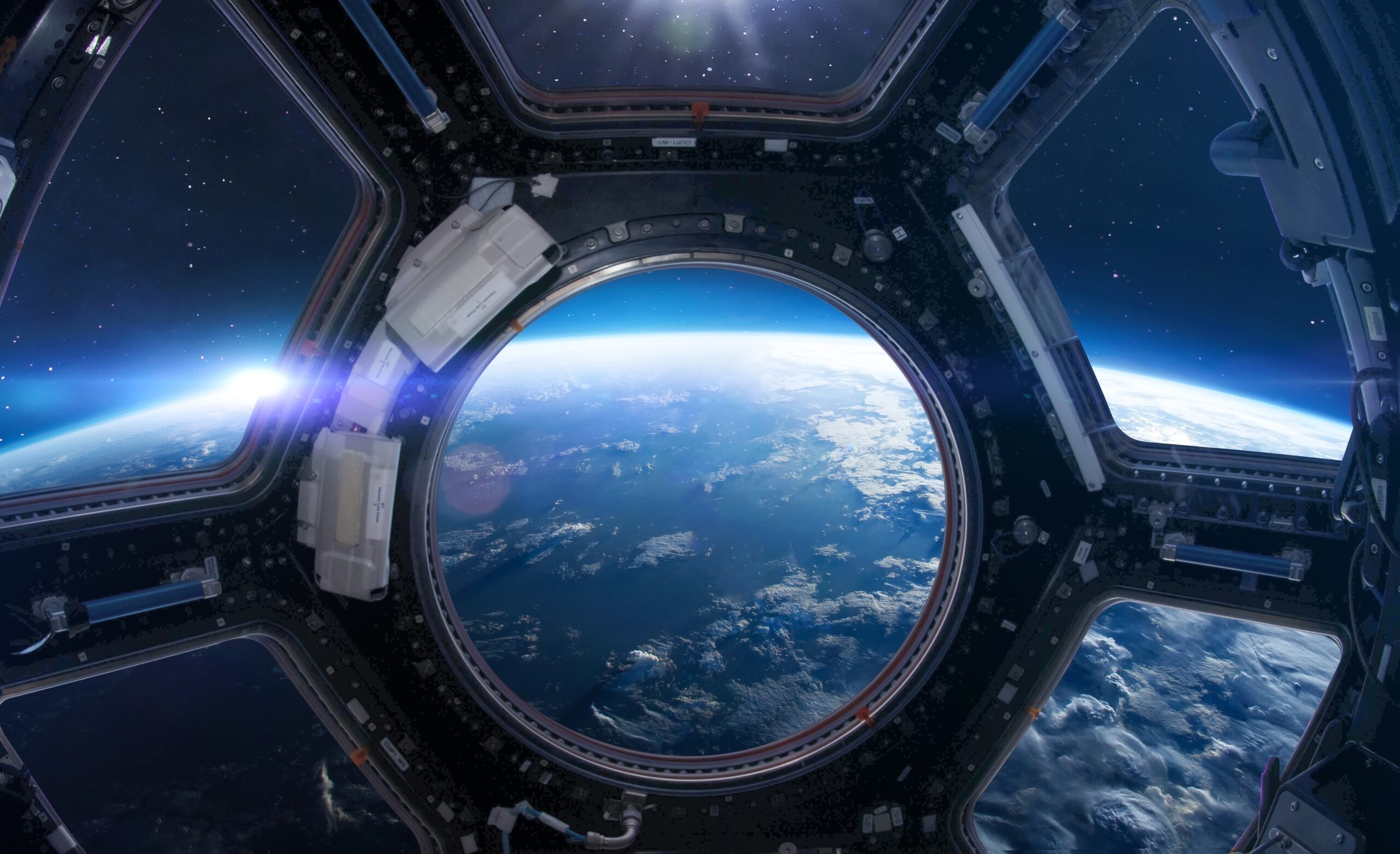02/07/2025
As space exploration moves towards long-duration missions, the ability to grow food in space may become essential. Although we are still far away from establishing off-world habitats, production of fresh produce in outer space is tantalisingly close to becoming a reality.
In 2024, the University of Adelaide and the ARC Centre of Excellence in Plants for Space (P4S) announced a landmark collaboration with the UK Space Agency and US partners. Backed by AUD $3 million in funding, this international team is developing controlled-environment agriculture systems designed for autonomous operation in space.[1] The project aims to build food production systems that can function with little to no human intervention, this is vital in outer space where manual labour is limited and resources must be conserved.
At the heart of this vision is the UK company Vertical Future, a pioneer in vertical farming technology. With expertise in designing, manufacturing, and deploying autonomous controlled-environment agriculture (CEA) system, Vertical Future is adapting its Earth-based farming infrastructure for space. Awarded £1.5 million by the UK Space Agency through the International Bilateral Fund (IBF), the company is now developing an autonomous, enclosed plant-growth system that will be deployed aboard an Axiom commercial space station by 2026. The growing system will be the first of its kind: fully autonomous, robotically managed, and designed to operate in zero gravity.
Jana Stoudemire, Director, In-Space Manufacturing at Axiom Space, has emphasized the importance of plant-based systems in space, not only for nutrition, but also for psychological support, “CEA systems address not only physiological benefits but psychological benefits to crew health and can serve as biomanufacturing facilities as well.”
The development of LEO farming isn’t just about feeding astronauts with fresh lettuce and herbs. It represents a paradigm shift in how we think about sustainable agriculture. The technology developed for space-based farming; creating autonomous systems, managing data-rich environments, and efficient resource use, may go on to have significant applications here on Earth, especially in regions where climate change or geography make conventional agriculture challenging.
Of course, farming in space presents unique technical hurdles. Microgravity fundamentally alters how water and nutrients behave, rendering traditional irrigation systems unsuitable. Vertical Future’s space farm will rely on highly controlled fluid dynamics, precise environmental regulation, and robust AI-driven monitoring to ensure plant health.
While the initial focus remains on compact, leafy greens and herbs, the long-term vision includes cultivating a wider range of crops. One promising candidate is the ‘Inkspot’ tomato, a nutrient-dense, stress-resistant variety currently being tested for its viability in extraterrestrial environments. Research in this area suggests that the knowledge gained from growing tomatoes, lettuce, and even pharmaceutical plants in LEO could support agriculture on the Moon or Mars!
The development of technology behind the Autonomous Agriculture project of the UK-Australia Space Bridge is a shining example of what international collaboration can accomplish. What began as vertical farms in London and Adelaide is now destined for a space station orbiting hundreds of kilometres above Earth.
Moreover, public-private collaborations such as the UK–Australia Space Bridge will play an important role in maturing innovation pipelines that include both open scientific research and commercial investment.
Securing Innovation Beyond Earth
As this new frontier of space agriculture takes shape, the question of intellectual property becomes increasingly important, as the technologies being developed for LEO farming are pushing the boundaries the industry forward.
In this context, patents serve two crucial roles. First, they protect the innovation of pioneering firms that invest heavily in research and development. Second, patents help define ownership rights of an invention. This will be critical as commercial space stations—like Axiom’s—and lunar missions begin to multiply.
As low-Earth orbit (LEO) becomes a more active and contested domain, the race to secure space-grown intellectual property is just beginning. The legal protection provided by a patent may be important in the nascent LEO sector, particularly where innovation is often revolutionary and the risk of independent creation is high.
This article is for general information only. Its content is not a statement of the law on any subject and does not constitute advice. Please contact Reddie & Grose LLP for advice before taking any action in reliance on it.



